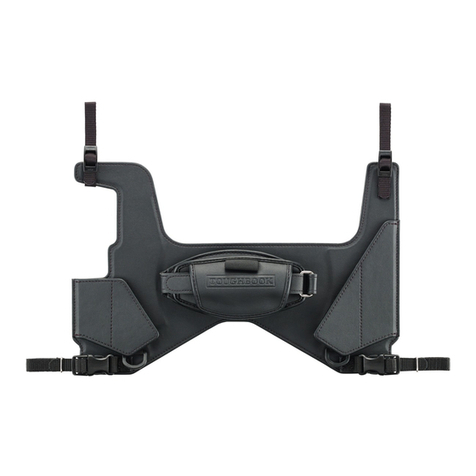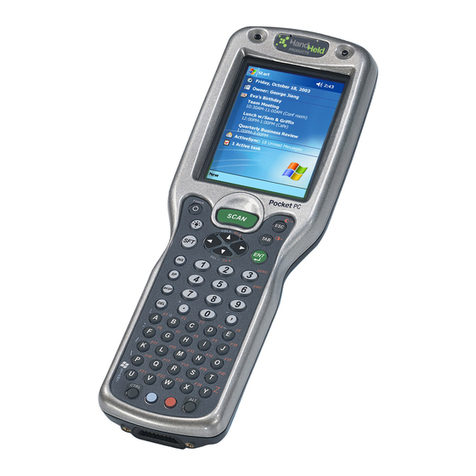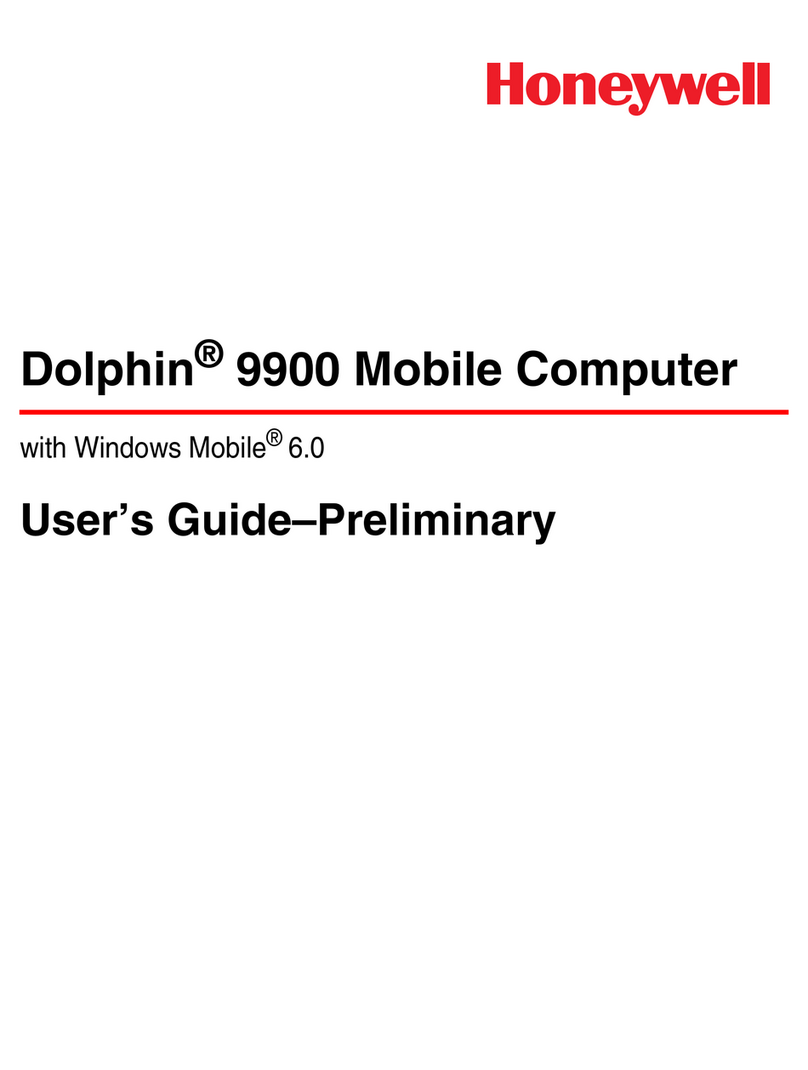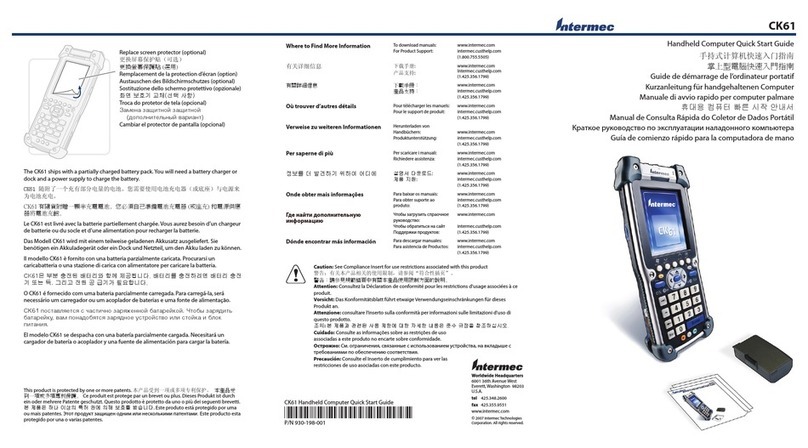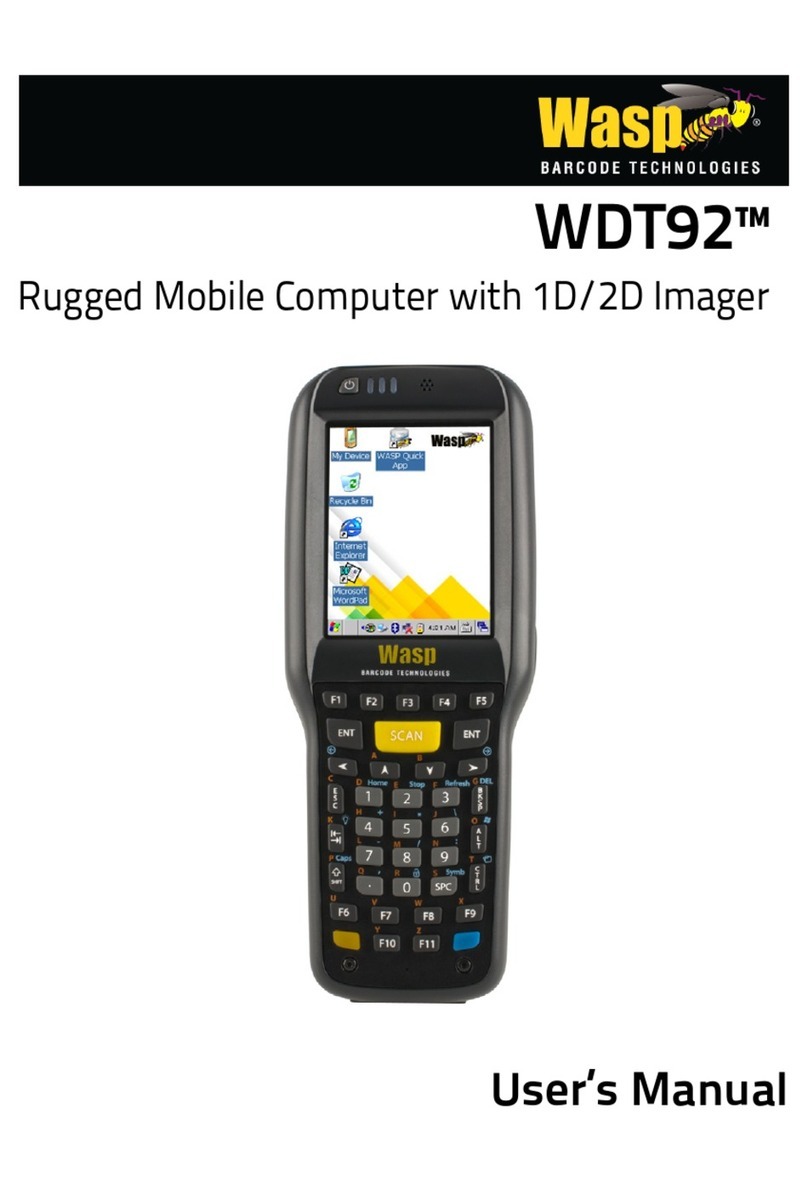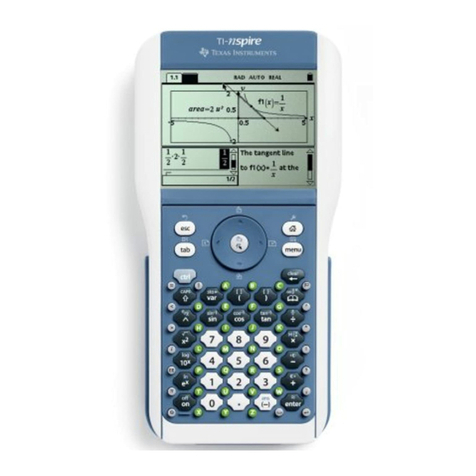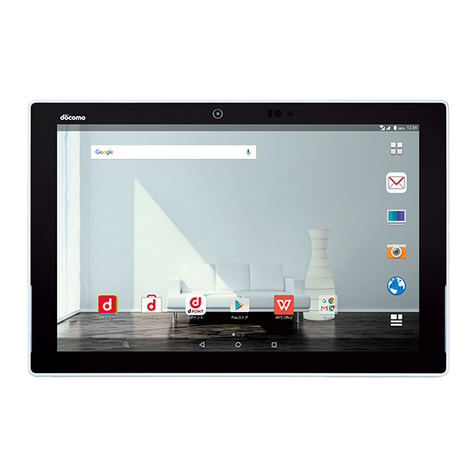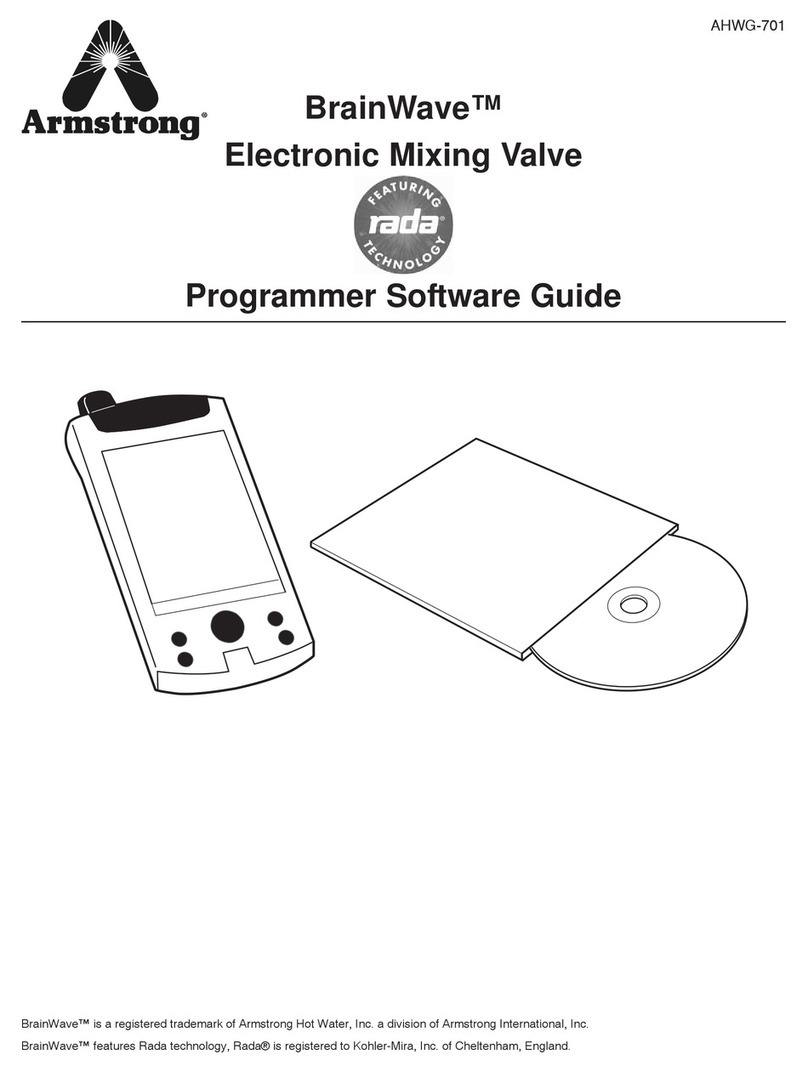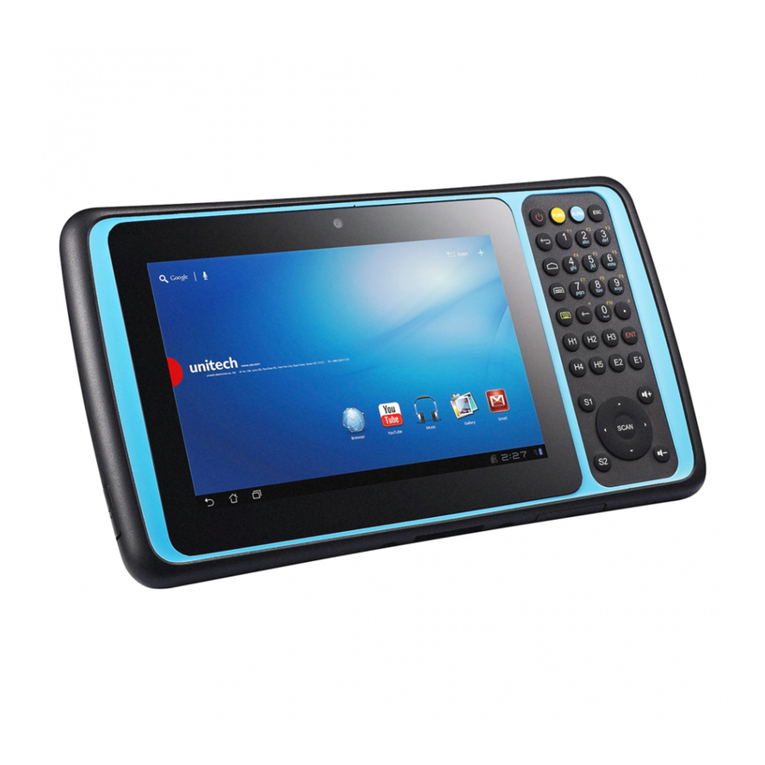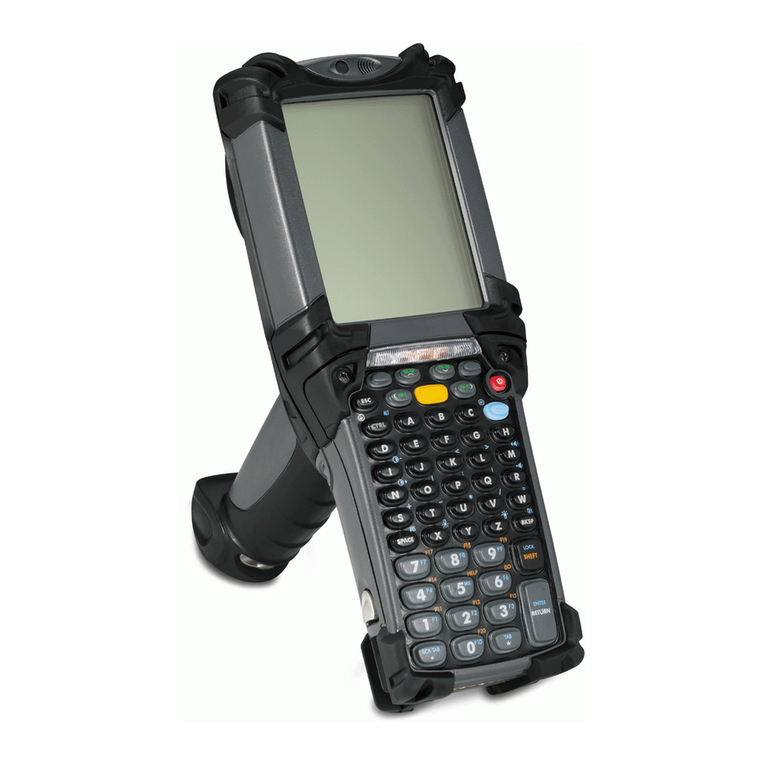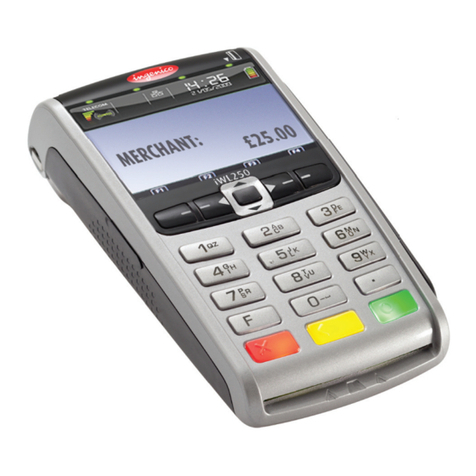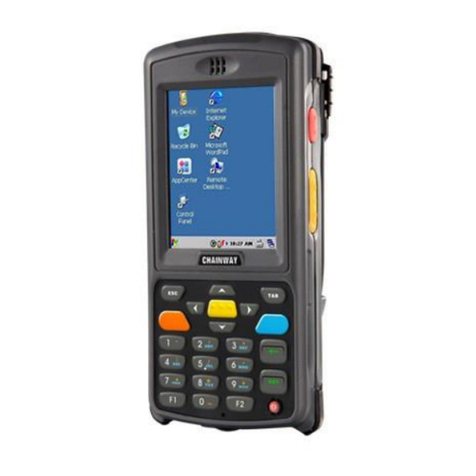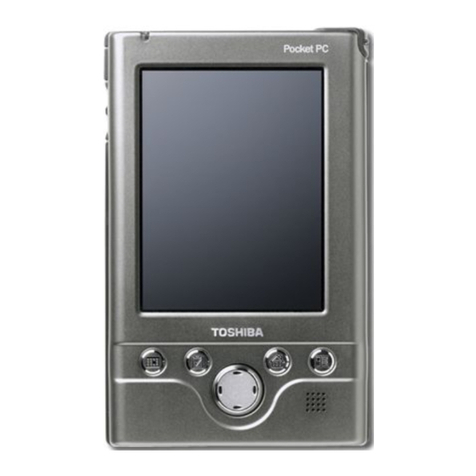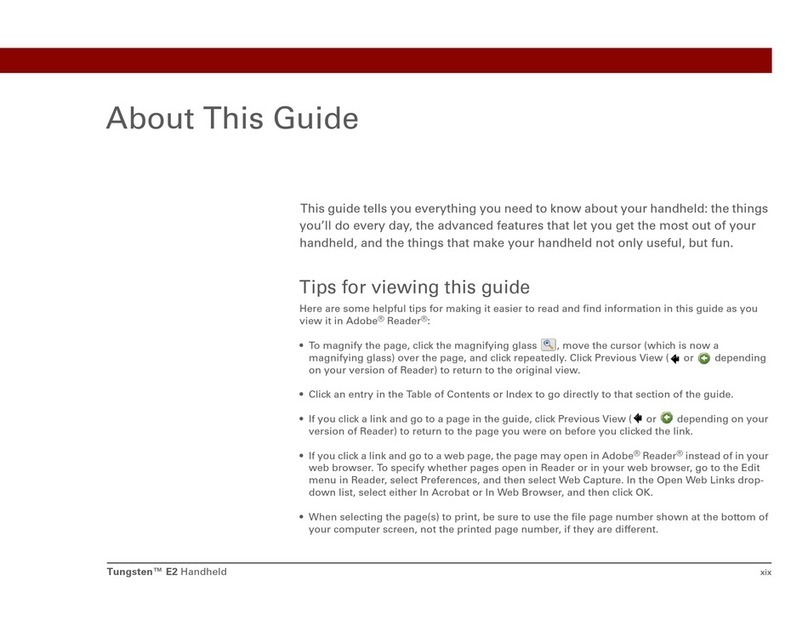6
•The device is not charged when you take it out of the box. The battery should
be charged for at least 8 hours before first use. Do not remove the battery while
charging.
•Do not use batteries, which have not been specified by the manufacturer, as this may
cause leakage or rupture.
•Do not charge the battery with an unspecified AC Adapter, as this may cause damage
to both the device and the battery.
•When discarding the batteries, dispose of them in a proper manner, according to the
battery manufacturer’s instructions and your local laws.
•Power off the device and remove the battery before inserting SIM card. Make sure the
SIM card snaps correctly into the SIM socket.
•Do not open the device housing or tamper with the device, as it will void your
warranty.
•Do not apply excessive force on this product, as it may cause damage to the screen
or the internal component.
•Do not use the device at gas or refueling stations, chemical plants, and places
containing explosives or flammable materials. Observe local guidelines.
•Use only manufacturer specified stylus. Do not scratch the screen with sharp objects.
•Do not clean the screen with chemical detergents. Only use cloths, specifically
designed for cleaning liquid displays, or a soft cloth moisturized with water drops, to
wipe the device screen.
•Do not expose the device to direct sunlight, or leave the device in a humid
environment, for extended periods of time, as this may cause damage to the device
and battery.
